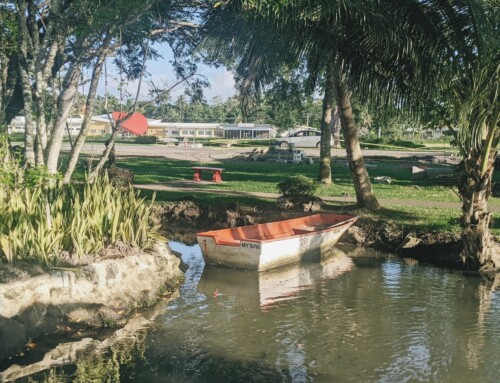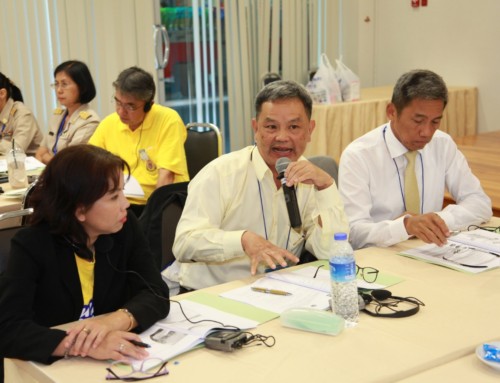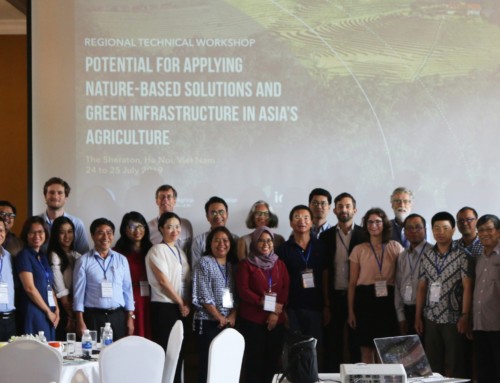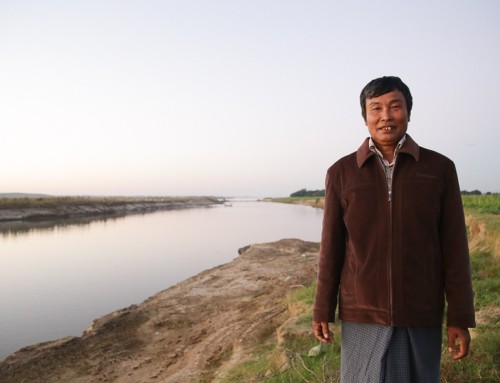Project Description
About: This project directly supported the development of two proposed World Heritage sites as flagship protected areas. The project built institutional capacity at the national level for protected area planning and management. The focus of the project was on collaborative planning and management, seeking to build capacity and local ownership of two site specific management plans and a national protected areas strategy. As an outcome of the project, a plan was developed for the future conservation of the Marshall Islands. The process for management of protected sites was designed to be specific to the Marshallese social and cultural structures. A key site management strategy was employed – to identify traditional “mo” or taboo areas – these are parts of the marine system that are either no-take zones or restricted-take zones according to traditional access rights. Various work on traditional environmental knowledge in the RMI, and the management plan for Jaluit atoll, demonstrated the value in building upon, and in some cases reviving these traditional “mo”, or taboo, systems, in conjunction with modern protected area management principles. The planning and management of this project was therefore developed to engage the participation of traditional leaders, community and local government. It was also thoroughly based on traditional knowledge and “mo”, with a focus on community sanctions as enforcement mechanisms. The outcome of the project was improved capacity for protected area planning and management. National level institutional capacity was developed to work more effectively with communities in protected areas and conservation activities. The project supported the development of a protected areas policy and regulatory framework which effectively combined international best practice with traditional knowledge.Effective Management of World Heritage Sites and Capacity-Building for Protected Areas in the Marshall Islands
View and download the ICEM publication Reimaanlok – Looking to the Future







